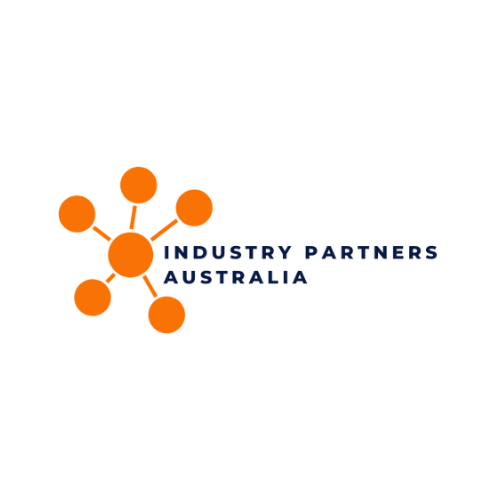Break Free from Mental Shortcuts
Break Free from Mental Shortcuts
When faced with problems, we tend to believe we’re making rational decisions. However, our minds are wired for speed, not accuracy—often defaulting to cognitive shortcuts that can mislead us. One of the most common is availability bias, where we judge the likelihood of something based on how easily we can recall similar examples.
This bias stems from our brain’s efficiency mechanism. If something readily comes to mind—a recent news story, a personal experience, or even a dramatic anecdote—we tend to overestimate its relevance or frequency. In the context of problem solving, this can cloud our judgement, limit innovation, and reinforce flawed assumptions.
The Trap of the Familiar
Imagine trying to assess the risks of a new project. If a colleague recently encountered a failure in a similar initiative, that memory becomes front and centre in your mind. Availability bias may cause you to overemphasise that example, even if it's an outlier. You might hesitate to proceed, not because the data supports caution, but because that incident is emotionally vivid and easily recalled.
Similarly, when brainstorming solutions, people often suggest options that are top-of-mind rather than best-fit. These options may be influenced by recent meetings, trending ideas, or even what’s been successful in the past—even if those solutions aren’t appropriate in a new context.
Why It Matters in Decision-Making
In complex industries and high-stakes environments, relying on availability bias can have serious consequences. It can distort risk assessments, hinder innovation, and perpetuate systemic errors. Decisions based on anecdotal evidence, rather than critical analysis, can lead teams in the wrong direction or cause missed opportunities.
Understanding how this bias operates is the first step in combating it. While it’s a natural part of cognition, unchecked availability bias narrows perspective and can undermine sound problem solving.
Strategies to Overcome Availability Bias
1. Pause and Challenge the First Idea
When a solution or risk jumps immediately to mind, question why. Is it genuinely the best answer, or simply the most familiar? Push yourself and your team to explore less obvious alternatives.
2. Seek Diverse Perspectives
Encourage input from colleagues with different backgrounds or areas of expertise. Diverse viewpoints can counter the echo chamber effect and bring fresh, less biased options into consideration.
3. Rely on Evidence, Not Anecdote
Look to data, research, and trends rather than relying on memory or stories. Build processes that prioritise facts over familiarity, especially when assessing risks or outcomes.
4. Build Decision-Making Frameworks
Structured problem-solving methods—such as root cause analysis or decision matrices—help slow thinking and reduce the influence of cognitive shortcuts.
5. Maintain Awareness
Train your team in recognising common biases, and encourage a culture where questioning assumptions is welcomed. The more aware we are of our mental habits, the easier it becomes to disrupt them.
Thinking Beyond the Obvious
Problem solving requires more than instinct—it demands clarity, objectivity, and discipline. By understanding availability bias and actively countering it, we can expand our thinking, uncover smarter solutions, and make decisions that reflect reality—not just recent memory.
.png?width=190&name=IPA%20Logo%20Transparent%20(Hi-Res).png)




